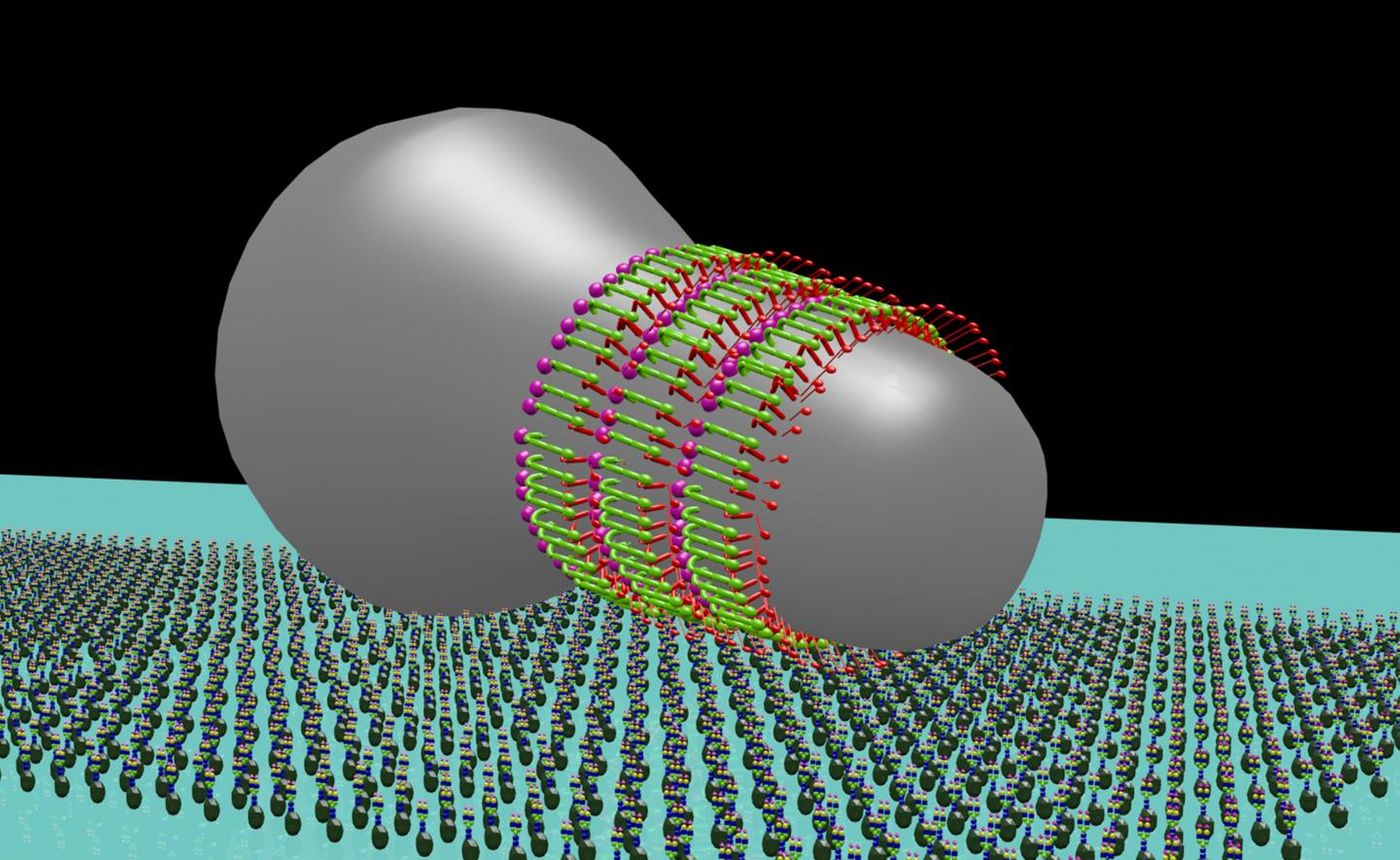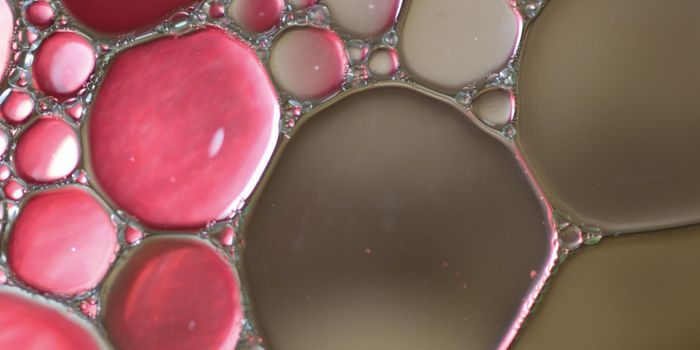The Mechanics of a Gliding Microbe, Revealed
Humans have been able to use machines to master movement, but there are many organisms that can get around just fine on their own. There are many organisms that can migrate, too, even microbes. Researchers have now learned more about the movement of bacteria called Mycoplasma mobile, which can employ gliding machinery they carry in their bodies to move around. This work, which was reported in mBio, may advance the design of nanoscale devices.
"My lab has been studying the molecular nature of bacteria from the Mycoplasma genus for years, and we have developed a conceptualization of how some of these parasitic bacteria 'glide' around their hosts," said research leader Professor Makoto Miyata of the Graduate School of Science at Osaka City University.
The Mycoplasma mobile cells, for example, have a flask shape because of a protrusion at one end. The tapered end of the microbe has appendages that attach to solid surfaces, then act with an internal mechanism to move the bacteria. The microbe can glide across the surface of a host as it searches for nutrients and evades the immune responses of its host. Now, the researchers have been able to visualize it in action.
"What we lacked was a visual understanding of the internal mechanism, and for this we needed the right technology," explained first study author Kohei Kobayashi. The research team used high-speed atomic force microscopy to view the movement both from the inside and outside, at nanoscale resolution.
The M. mobile was immobilized on glass so images of their bacterial motors could be captured, and the data the researchers collected was compared to previous data obtained with electron microscopy. When the internal structures were computationally extracted, the researchers identified an internal chain that pushes the appendage nine nanometers to the right relative to the direction of glide, then two nanometers into the interior, then returns it to the original position. This all takes place in about 330 nanoseconds and uses a well-known cellular fuel called ATP.
"In the future, we intend to isolate the molecular motors and analyze the cells with higher spatial and temporal resolution, and through electron microscopy, understand the mechanism for the gliding motion at the atomic level," said Miyata.
Sources: AAAS/Eurekalert! via Osaka City University, mBio









